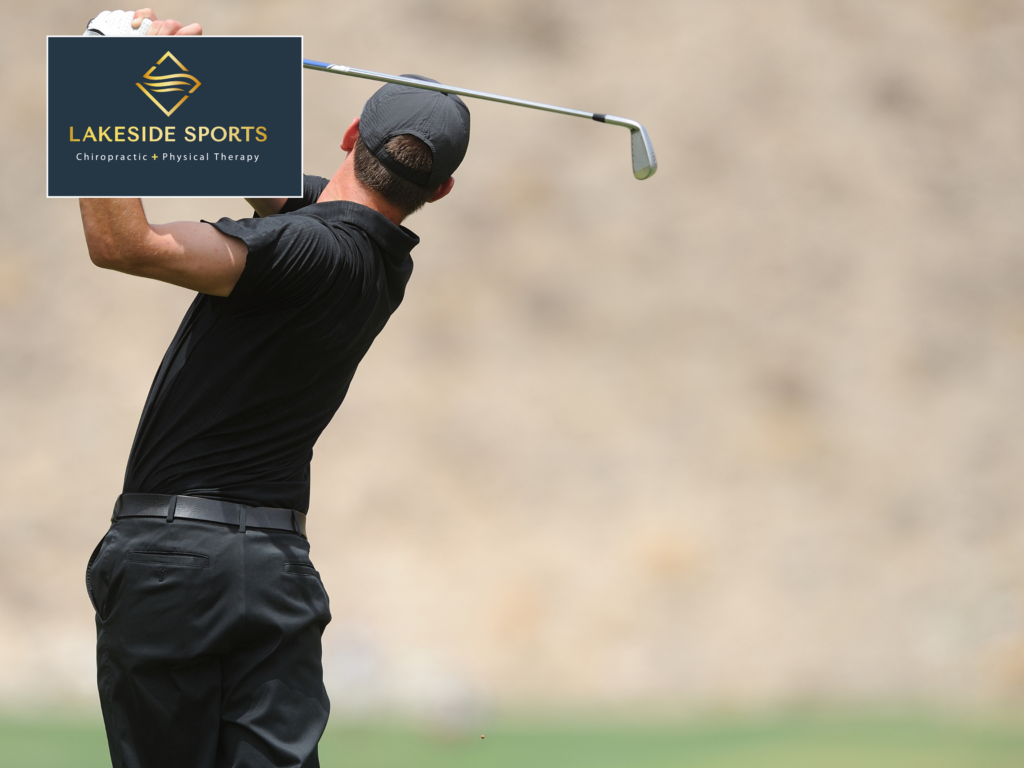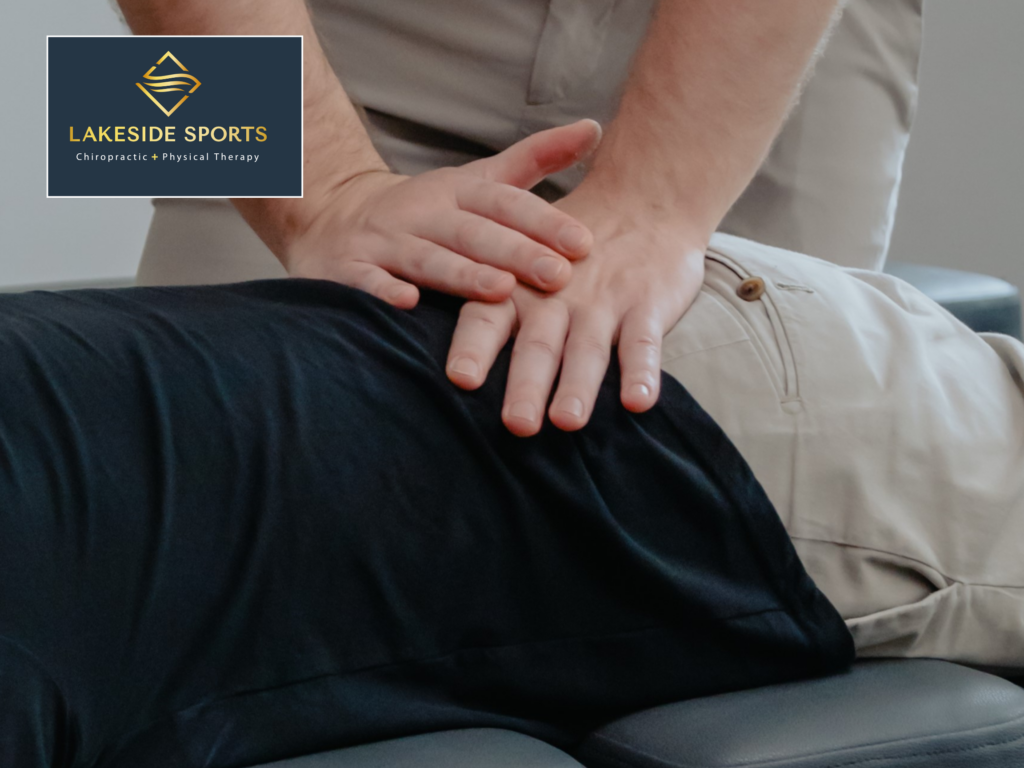It’s no secret that engaging in routine exercise is one of the most effective ways to promote physical well-being and maintain sound mental health. And it just so happens that sports are a particularly popular form of exercise because they kill two birds with one stone. Sports allow you to have a good time, while still incorporating necessary exercise and physical exertion into your routine. While the benefits of sports far outweigh the consequences (of which there are next to none) it is still crucial to remember that sports can cause injuries, and injuries can range from nearly nonexistent to extremely severe.
When it comes to certain sporting varieties, like say, boxing, football, or other high-impact sports, the potential injuries and risk factors are well-known and well-documented. And yet sometimes, certain sports, like golf, for instance, fly under the radar because they don’t seem as physically risky. However, keep in mind that nearly every sport has its own set of risk factors, and if you’re not aware of what they are, and how to prevent them, you risk developing potentially severe injuries.
When it comes to the game of golf, a lot of the injuries that are commonly sustained occur because the game requires the player to make repetitive movements. These injuries can become further compounded by bad form.
In this guide, we talk about one of the most common sources of pain for golfers, the hip, and thereafter outline tips and tricks featuring advice from one of golf’s greatest institutions, TPI.
Introducing TPI- Trailblazers in Preventing Golf Injury
If you are a golf enthusiast or even a casual weekend player, there’s a good chance you’ve heard of the Titleist Performance Institute. But just in case you haven’t, let’s break it down for you:
TPI is an educational organization created by the famous golf brand Titleist. It was created to study how the body works in relation to the golf swing. TPI has been researching golfers’ swing mechanics of all levels since 2003. For the past two decades, TPI has collected a lot of data by tracking the golf games of various players representing all types of shapes, sizes, ages, and fitness levels. TPI’s data collection helped them discern how a well-functioning body directly correlates to helping a player improve and maintain their

TPI has also learned how physical limitations in a player’s body can hurt their golf swing, which is crucial data to understand because a bad golf swing can do more than affect performance, it can cause severe damage and injury to the player. For golfers, one of the most common areas for pain is concentrated in the hips, which is why many tips and tricks for preventing pain often target those locations.
The Titleist Golf Fitness Assessment: A First Line of Defense Against Hip Pain
Because the Titleist brand and organization is so revered and respected in the golf universe, many coaches, players, professionals, and trainers turn to TPI for advice, especially when it comes to injury prevention and healing.
One of the most effective ways to gauge a golf player’s overall performance is through a TPI Golf Fitness Assessment. The assessment’s primary goal is to analyze the player’s swing by closely examining how the restrictions of human movement are affecting one’s golf swing form. A faulty form is often the culprit behind golf injuries, which is why it’s important for all players to ensure their swing is not working against them, both in health, and in game.
To clarify, TPI doesn’t believe that there is one universal golf swing that every player should adopt. Rather, a TPI assessment seeks to identify common issues in a player’s swing and subsequently helps the player overcome their poor form. A TPI assessment is ideal for players because it allows them to receive personalized feedback that is specifically catered to their own weaknesses and strengths.

Preventative Exercises to Help Mitigate Hip Pain
Preventative exercises and stretches are among the most effective ways to prevent and mitigate hip pain. Fortunately, there is a sizable selection of different exercises that a golfer can try, many of twhichseek to target the muscles and joints adjacent to the hips such as the glutes, hip flexors, hamstrings, and the core.
Some common preventative exercises include hip circles, lateral lunges, glute bridges, bird dogs, planks, the tennis ball spine mobility drill, open books, reach backs, the Spiderman drill, and anti-rotation plank rows.
Before performing any preventative exercise, first, ensure that you understand the proper form and execution of the exercise. If you’re not clear on how to perform a certain exercise, you can: look at online videos, read descriptions of how to perform the exercise, or consult a TPI-trained expert who can demonstrate the proper form. If you’re not following proper exercise protocol, you run the risk of not reaping the full benefits of the exercise, and in some cases, even causing injury to yourself in the process.
Common Hip Pain Rehabilitation Tips for Golfers
In almost every circumstance, prevention is better than rehabilitation, which is why it’s recommended to take preventative action, especially when it comes to your physical health as an athlete. But, even so, injuries still happen in spite of our best efforts. If you’re currently experiencing golf-induced hip pain, try doing some of the following:
- Stretching exercises can be both preventive and rehabilitative. Helpful stretches include the figure-four stretch, the pigeon pose, and the lying leg crossover.
- Avoid activities that aggravate your pain, such as running, jumping, or other high-impact exercises. Instead, incorporate low-impact exercises like walking, cycling, or swimming into your routine.
- Soak in a hot Epsom Salts bath (2 cups of Epsom salts) for 20 minutes. Epsom salts are magnesium, and magnesium helps to relax muscles.
When to Seek Professional Help
Hip pain, even if it’s considered mild or moderate, can impact your life negatively. At best it can be annoying and at worst it can be debilitating, affecting far more than just your golf game. If there’s any part of you that thinks seeing a professional might be worthwhile, don’t hesitate to reach out for help. You know your body better than anyone else, and if something feels wrong, it is best to get it checked out. After all, we are only given one body, which is why we should take strides to take the best possible care of it, period. And in most cases, it’s better to be safe than sorry.
At Lakeside Sports Chiropractic and Physical Therapy, Dr. Jennifer Lidstrom and her team of experts Cornelius Chiropractors and Physical Therapists are here to help answer all your questions. Please feel free to contact us today via phone at (704)-896-8446 or visit us at our new location:
11220 Treynorth Drive, Suite A
Cornelius, NC 28031
United States
Disclaimer:
The information provided in this article is for general informational purposes only and should not be considered professional advice. The content of this article is not intended to be a substitute for professional medical or healthcare advice, diagnosis, or treatment. Always seek the advice of your chiropractor, physician, or other qualified healthcare provider with any questions you may have regarding a medical condition or treatment.
The views expressed in this article are solely those of the author and do not necessarily represent the views of Lakeside Sports Chiropractic and Physical Therapy or its staff. Lakeside Sports Chiropractic and Physical Therapy does not endorse or recommend any specific treatment, product, procedure, or opinion mentioned in this blog post.
Reliance on any information provided in this article is solely at your own risk. Lakeside Sports Chiropractic and Physical Therapy and its staff will not be liable for any direct, indirect, special, or consequential damages arising out of the use of, or reliance on, the content provided in this post.
While we make every effort to ensure that the information provided in this article is accurate and up-to-date, we cannot guarantee its completeness or accuracy. The information in this post may be subject to change without notice.
Any links provided in this post are for informational purposes only and do not imply endorsement or sponsorship of the linked website or its content.
By reading this post, you acknowledge and agree to the above disclaimer. If you do not agree with this disclaimer, please refrain from accessing or using the information provided in this post.



